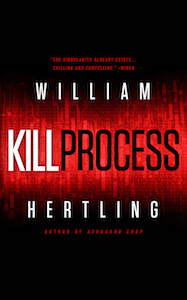Details to Make or Break A Character
Hallie Ephron
Willamette Writers Conference 2011
#WWCON11
- We use details to show the reader who the character is.
- Instead of saying “she spent a lot of money on her clothes”, we can describe her clothes.
- But we don’t want to overdo it. A laundry list of details doesn’t help.
- Details ought to show us something about the character. “she had blue eyes and brown hair” tells us nothing. “he came to the wedding in bare feet” tells us something about that character.
- Personal spaces are more important:
- offices
- bathrooms
- kitchens
- It’s easier to cut than it is to layer in, so better to put too much.
- Details that are emblematic of disequilibrium.
- you don’t want a character for whom everything goes swimmingly.
- sometimes you force the disequilibrium on them in the story.
- sometimes it’s just how they come into the story: in a state of disequilibrium.
- Details:
- show us something about their personality
- show us something about their goals
- show us something about their backstory
- people can lie about their details:
- “he told everyone the broken nose was from a football accident, but the truth was that his wife had a mean left hook.”
- the details have to pay off. they can’t just be planted in the book. they have to get resolved. half of a twenty dollar bill in act I, the other half better show up in act III.
- something that someone gave the character has extra meaning.
- wearing a wedding ring when you’re not married, and never loosens his tie
- “he needs a shrink”
- “he is a shrink”
- If you lavish detail on a setting, sometimes the setting itself becomes a character.
- [Note: there was much more in the session, in the handout and via practice exercises, that isn’t captured here.]





